Maturo Competition Cars Builds New Born Lancia 037 Rally Icons
Built upon the underpinnings of the Montecarlo, the Maturo-built 037 is an inch-perfect continuation car.
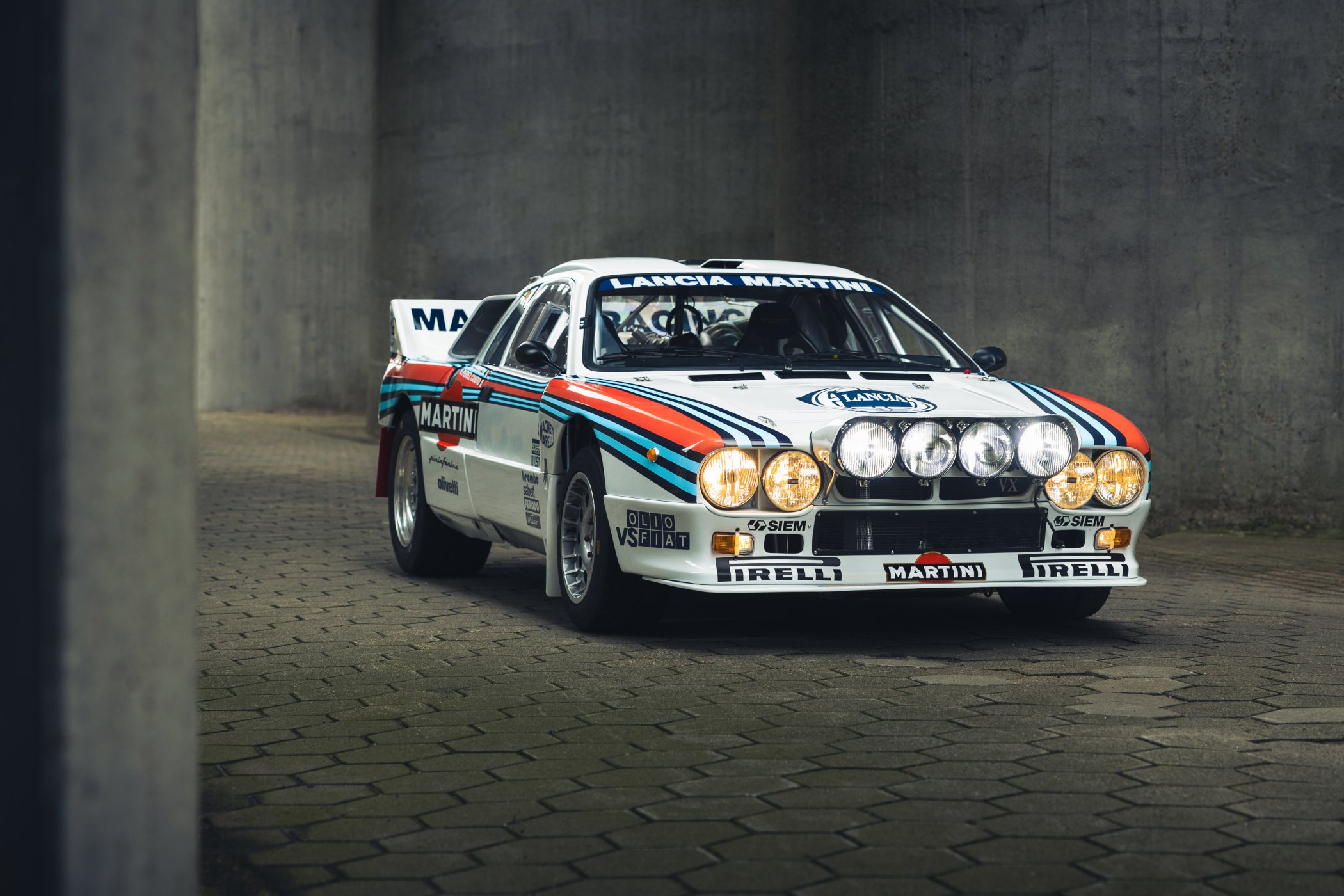
Legends are created whenever something is achieved that was deemed impossible before that point in time. It happens through sheer determination, or the perfect coming together of all variable circumstances to allow someone, or something, to make a statement that lasts on for years, decades even. Throughout racing history, there are countless legendary events, drivers and cars to remember, for all sorts of reasons. It’s impossible to pinpoint which of these is the most legendary of them all as it is down to what circumstances created an iconic moment in the first place. Circumstances that can never be replicated. Different eras in racing have different heroes, whether made of flesh and bone or nuts and bolts. Today though, we’re honouring an absolute rallying legend, the Lancia 037. And not just any Lancia 037, but the ones built by Maturo Competition Cars from The Netherlands! Intrigued? You should be!
Two against four
Lancia has pretty much always been a force to be reckoned with when it came to racing. Although it might have the stature of its close Italian friends Ferrari, Maserati or Alfa Romeo, the brand has been active in all sorts of racing throughout its long and illustrious history. Cars like the Lancia D50, the Aurelia GT, the Beta Monte Carlo Turbo and the LC2 are just a few of the highlights. Lancia is best known, however, for its rallying success, mainly from the 1970s and again from the late 1980s to the mid-1990s. And even though it was far from the only flourish of Lancia’s capabilities at building world-beating rally cars, the Martini liveried Delta cars are pretty much burnt onto our retinas forever. But there’s one car in particular that bridges the gap between the Stratos, the first purpose-built rally car, and the boxy Deltas, and that’s the insanely cool Rally 037 Lancia developed to compete in the FIA Group B World Rally Championship.
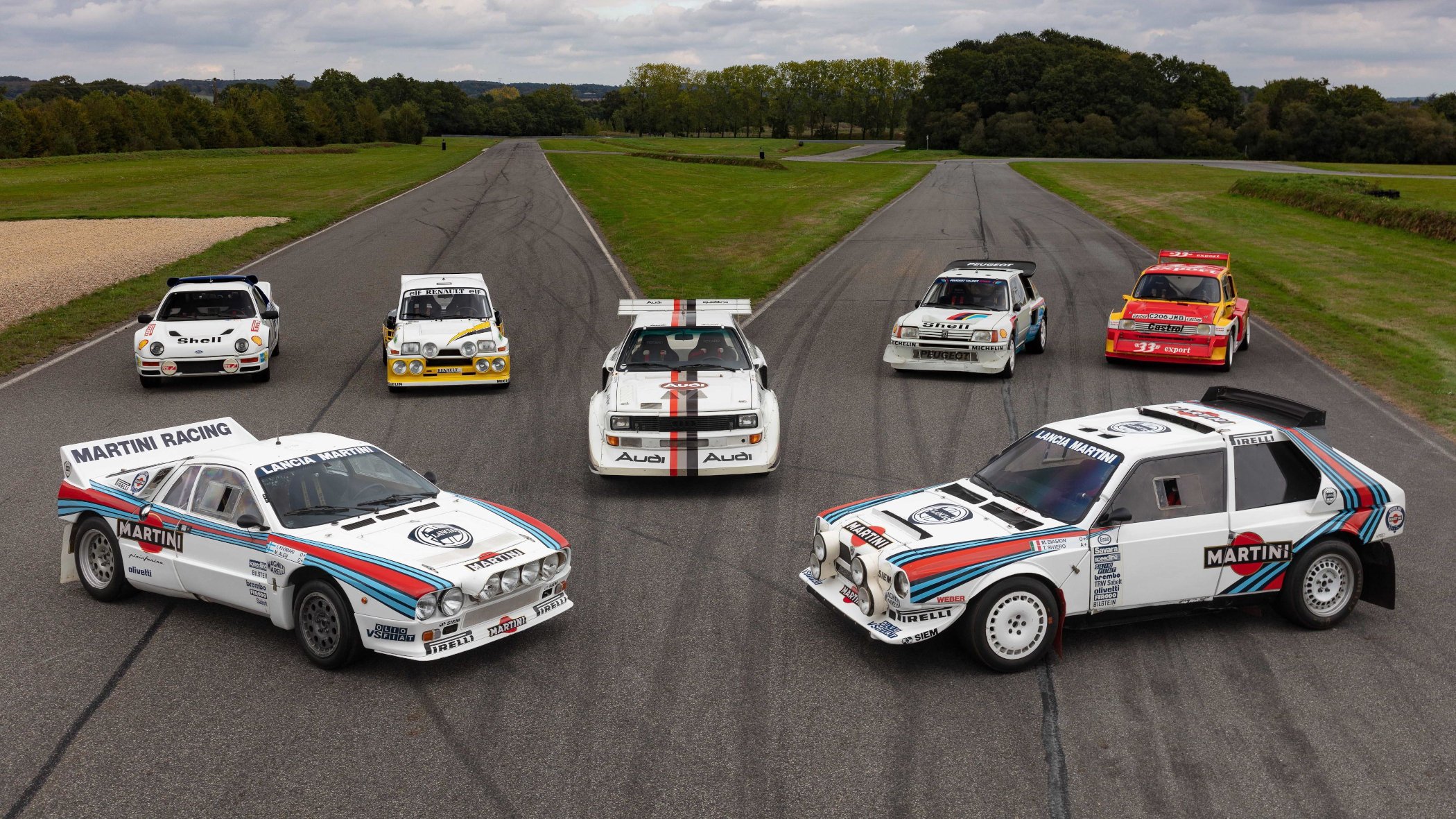
The Group B era of the World Rally Championship, which ran for just a couple of years between 1982 and 1986, will forever be remembered as one of the most epic periods in motorsports history. Fire-breathing machines with monstrously powerful engines would battle it out on tarmac, gravel, dirt roads, snow and ice to find out who was fastest. And fast they were, as power output quickly approached 600bhp thanks to super- and/or turbocharging in the later years. It was an era of sheer madness, that kicked off in 1982 and quickly shot to fame thanks to the bravery of the men and women behind the wheel of these cars drawing in record crowds. This speed and success, along with the dangers it came with, would ultimately be its downfall but Group B would prove to be pivotal for a different reason as well; the inevitable switch from two- to all-wheel drive.
The 037 legend
Lancia won the World Rally Championship three times in a row with the Stratos, which was basically the first car purposefully developed for rallying. The short wheelbase, wedge-shaped car had a 2.4-litre four-cylinder engine mounted in the back, with drive to the rear wheels only. With around 275bhp and just 900 to 950 kilos in weight, the car was incredibly agile, part of the reason why it dominated the 1974, 1975 and 1976 World Rally Championships. Following a political decision to switch from the Lancia Stratos to the Fiat-Abarth 131 (Lancia was owned by Fiat at the time), the brand was sidelined for a couple of years.
Then came the era of Group B, and Fiat moved back to Lancia, and would once more aim to blitz the opposition with a purpose-built, lightweight competition car. The recipe was quite simple, as it had a supercharged 2.0-litre four-cylinder engine in the back that made between 255 and 280bhp, drive to the rear wheels only and just 960 kilos of weight to throw around. A polyester resin body reinforced with fibre-glass was draped over a steel monocoque centre section with tubular frames bolted to it in the front and rear. To comply with the FIA Group B regulations, 200 road-going versions were built by Lancia.

Loosely based upon the 1980-1981 Montecarlo sports coupe, the 037 became the stuff of legends for being the last rear-wheel drive World Championship-winning rally car against a field of all-wheel drive monsters. In the hands of Walter Röhrl and Markku Alén (among others), it was an absolute weapon thanks to its superb handling and agility, despite facing stiff four-wheeled drive competition, mainly from Audi with its new Sport Quattro.
The car’s inaugural season was plagued with mechanical issues, mainly related to the gearbox but in 1983, everything seemed to come together for the Italians. Dressed in the famous Martini colours, the 037 would win 5 rounds in the championship, three for Walter Röhrl and two for Markku Alén, with four being 1-2 finishes. Both Walter and Markku missed the last two rallies of the year, otherwise, Walter might also have been crowned Driver’s Champion that year. The 037s triumph would literally mark the end of an era though, as it will forever be known as the last two-wheel driven rally car that would be crowned Champion on the biggest stage of them all.
Maturo Lancia 037
With the Lancia 037 achieving the status of an icon, it should come as no surprise it’s still favoured amongst racing and rallying enthusiasts. YouTube videos of Group B-era cars, including the 037 of course, still rack up big viewing numbers for the sheer madness that’s on display. That fascination still runs deep, and for people with enough passion and budget, Maturo Competition Cars of the Netherlands is the place to go if you’re looking for your very own Lancia 037. The work being done in Maturo’s workshop goes well beyond the concept of a replica, as it’s basically an inch-perfect recreation based upon original Lancia Montecarlo cars, so almost in the sense of continuation cars, just not built by Lancia.
Maturo Competition Cars was founded by Frank van Ganzewinkel more than 20 years ago. The company is now managed by Frank and his business partner Marco Geeratz, who joined after Frank restored a 1928 Lancia Lambda 7th Series for him. A mutual bond was struck, and the infectiousness of Frank’s love for the Lancia Delta pushed Marco into buying and rallying one for himself. MCC builds three types of cars; Classic, Rally and Stradale. The Classic eliminates the known issues in mechanical reliability of the Lancia Delta, the Rally is basically a continuation of the iconic Martini Delta rally cars, with the Stradale being a Group A level rally car disguised as a high-end daily driver (a restomod if you will). But mind you. all of these have been based upon the famous boxy hatchback from the late 1980s to mid-1990s. Until now that is.
The Maturo-built Lancia 037 ushers in a new chapter in Maturo’s incredible story, and in a sense for the 037 itself as well. The goal for each car built, with the first one being Frank’s personal passion project, is to build it to factory spec as Lancia would have done back in the day, but better. That’s far from easy to do, as there is no blueprint lying around on how these cars were made exactly. Reverse engineering was needed on many occasions to figure out just how to put the car together. Improvements in safety and reliability are incorporated where possible, and needed, as these are built to current FIA historic rallying event specifications. And they’re a bit faster too, thanks to an improved version of the straight-four Lampredi engine that resided in the back!
The result is simply staggering, as the cars that leave the workshop are virtually identical to the originals. A monumental amount of work goes into each and every car, making it more reliable, safer, and a bit faster too! From the donor Montecarlo, the only elements that remain are the middle section of the chassis, just like the original, and oddly enough the door handles. Everything else that goes into the Maturo 037 is completely new and specially developed to bring the 037 legend back to life. The body is made from Kevlar and weighs next to nothing. Flip up the front end and you’re greeted by the double-wishbone suspension, cooling and intake systems and (optionally) a spare tire. Do the same to the rear end, and the engine is revealed.
And as you’ve guessed, everything revolving around the engine is as close to original as can be too. Sourcing original parts is again a huge challenge, as not many of these engines were built and their condition is often questionable at best. The four-cylinder 2,111cc engine is fitted with a Volumex supercharger that forces more air directly into the inlet. The whole block is bolted to a newly-built ZF 5-speed gearbox (period correct, but better). It also comes with water jet injection, that cools the intake mixture to pump in more air and fuel and create a bigger bang, so more power! The engine now makes 315bhp, which gives this 037 improved performance figures over the original. The weight is slightly higher due to improved safety standards and such, but for the rest, from bumper to bumper, it’s all built exactly the same.
A car built to this incredibly high level of detail takes over 2,000 hours to complete from start to finish. That means the price tag is steep to say the least, but you can actually order it if you want. The Maturo-built Lancia 037 starts at around EUR 465.000 plus taxes, and if you want to drive it competitively Maturo can supply a support kit and parts. It’s an insane amount of money for sure, but it’s far less than the EUR 1 million and above prices the original completion Lancia 037s fetch these days. And it lands you with a car that is newly built from the ground up to the exact same spec, but better where needed! And that’s something you can’t find anywhere else!
For more information, please visit Maturocars.com.
Editorial Note: All images portrayed in this article are sourced from and used with permission by Maturo Cars unless stated otherwise.


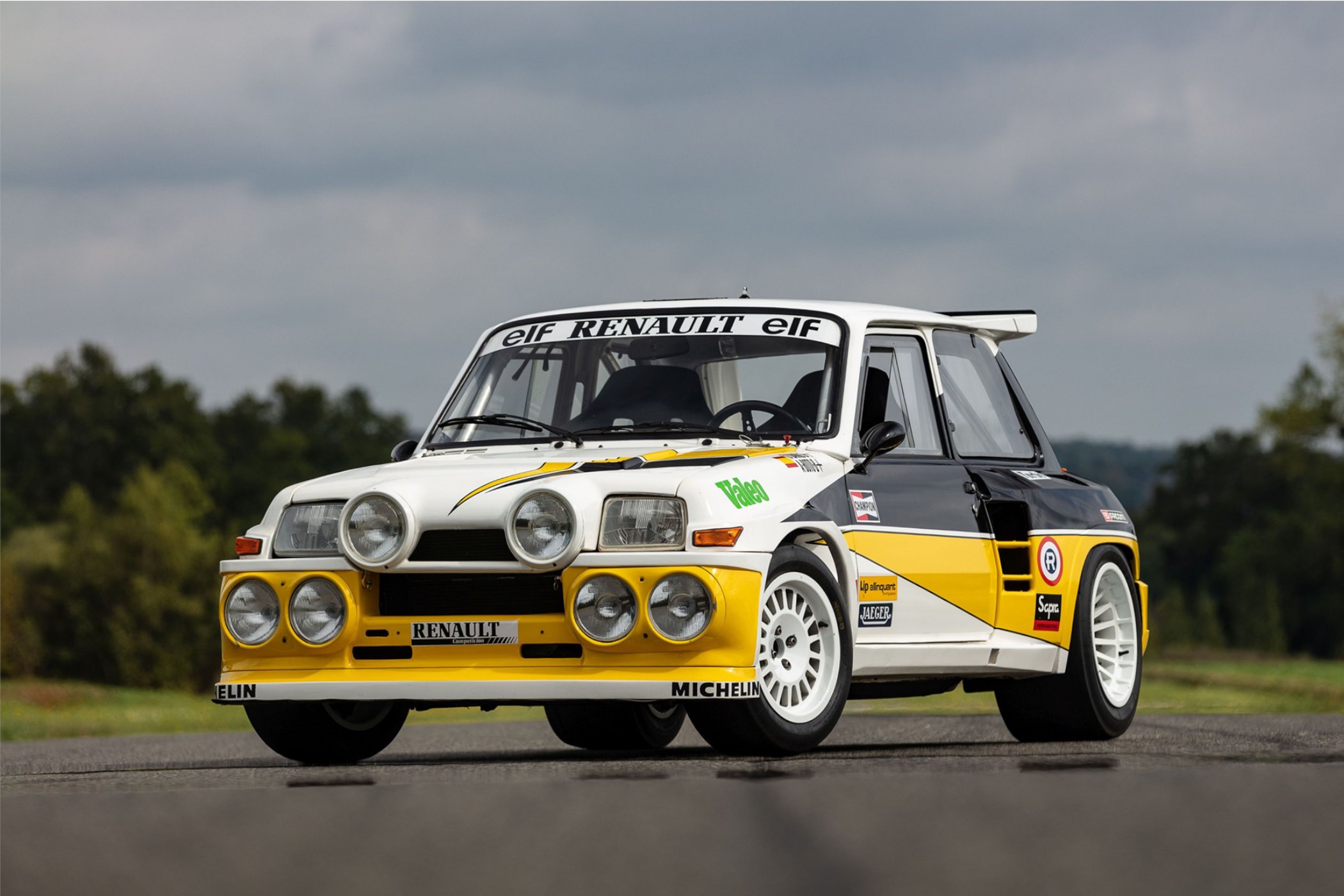
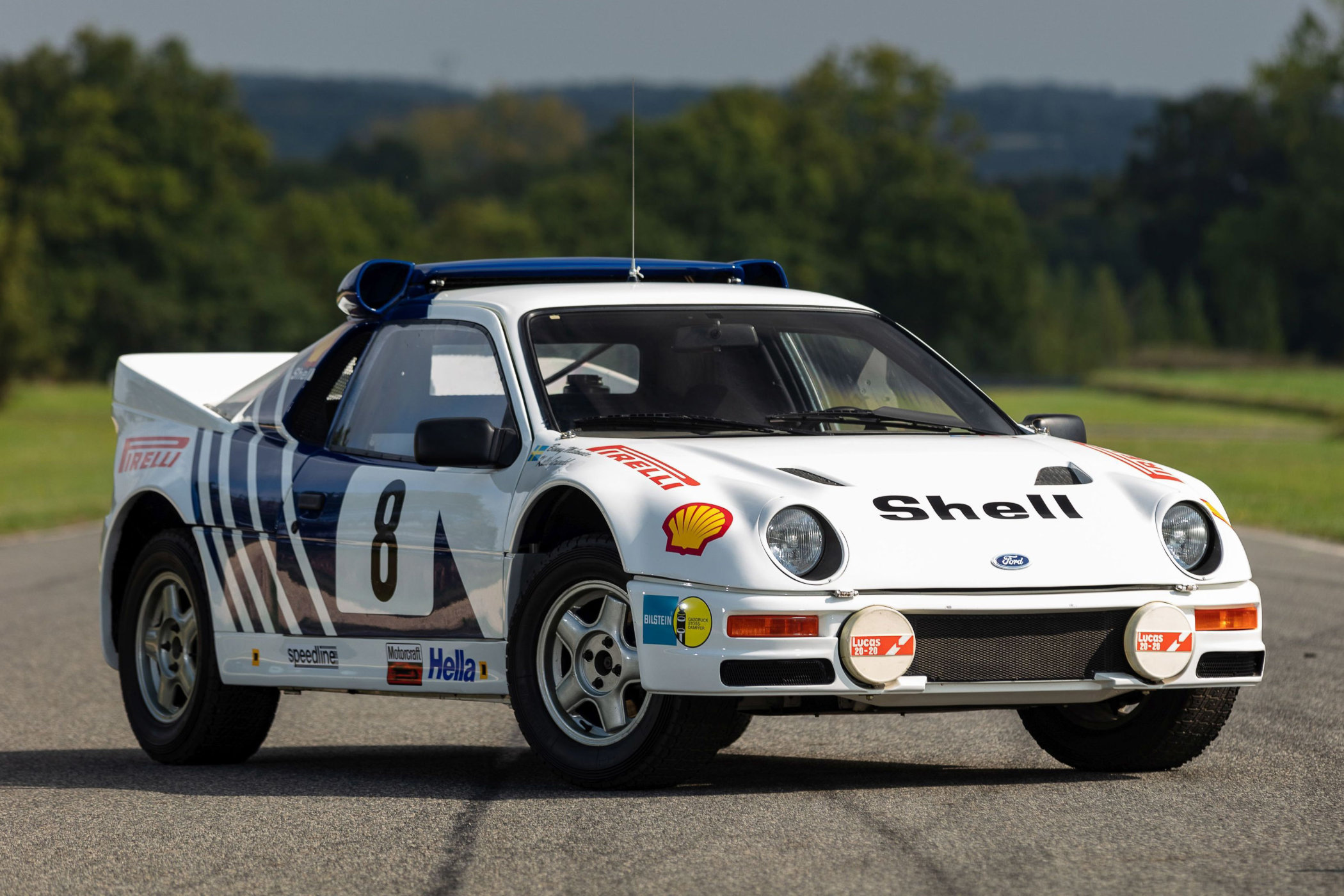
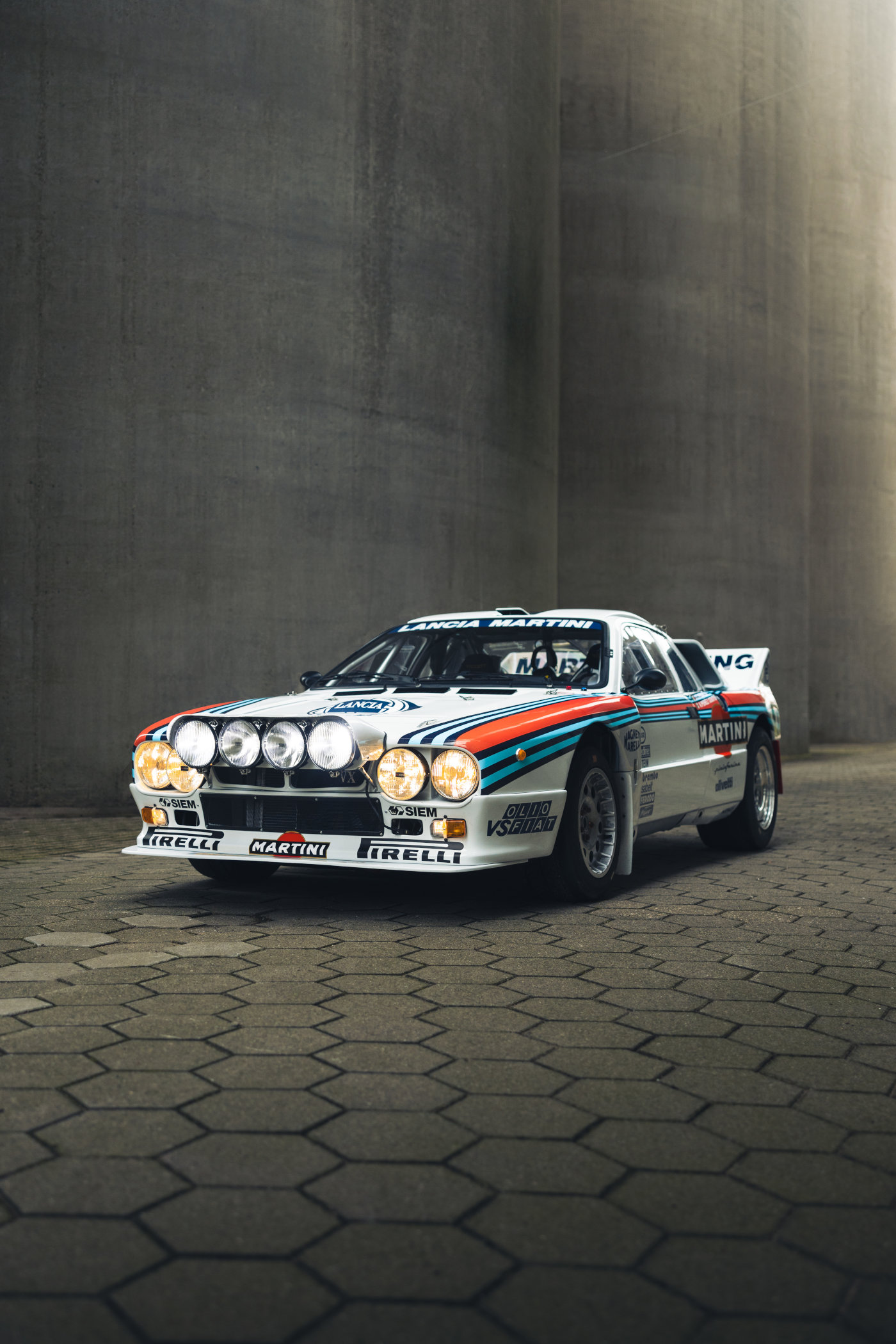
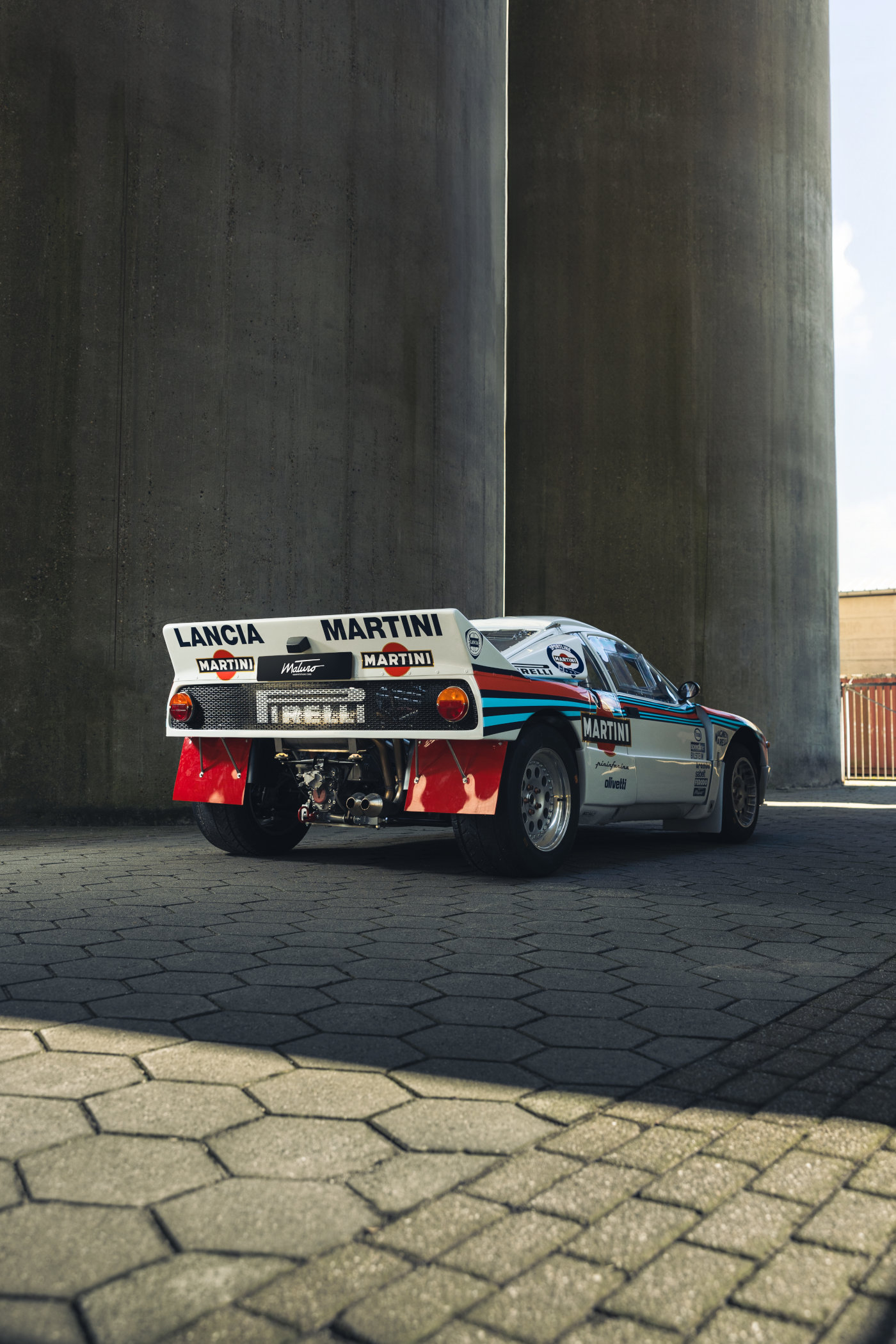
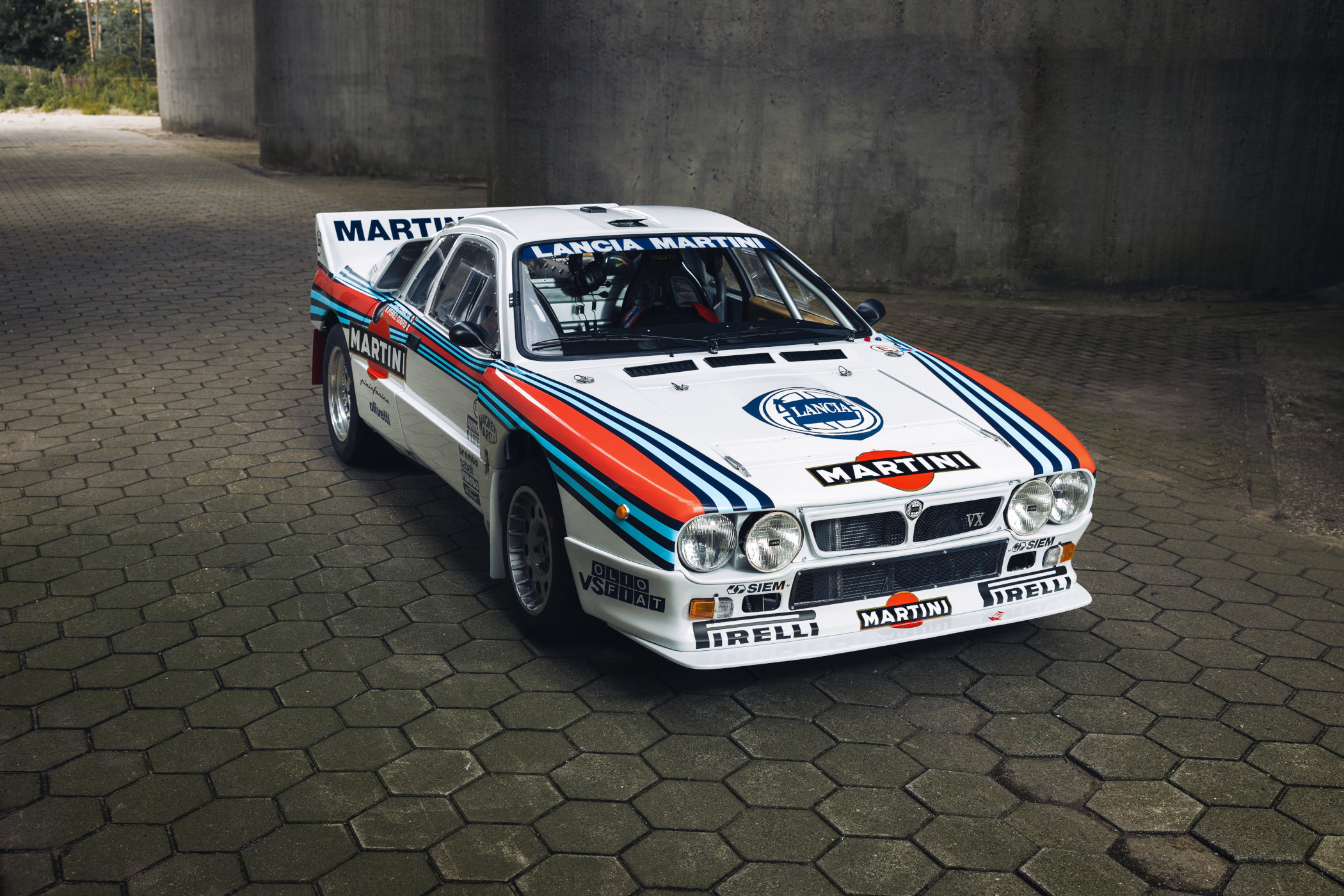
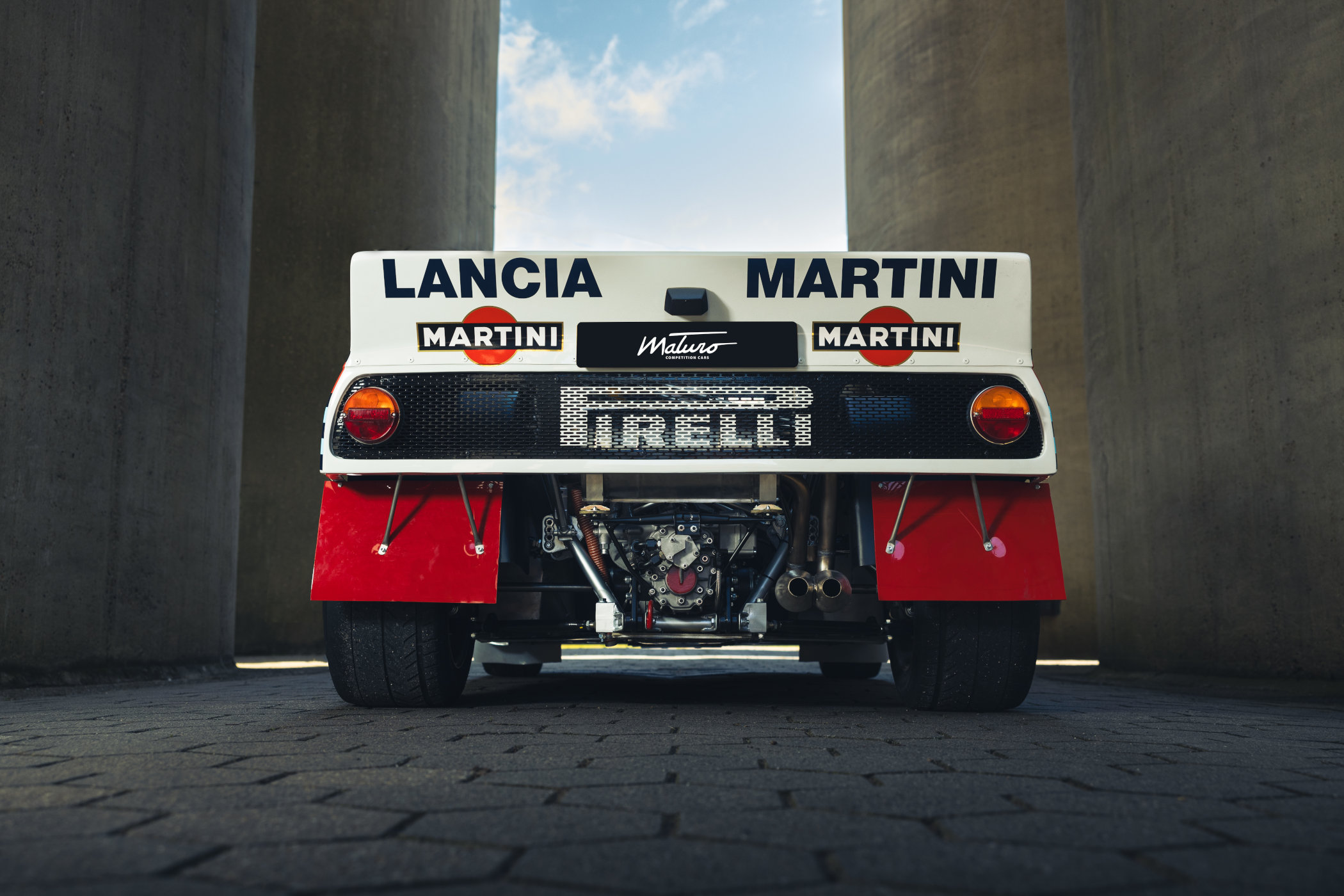

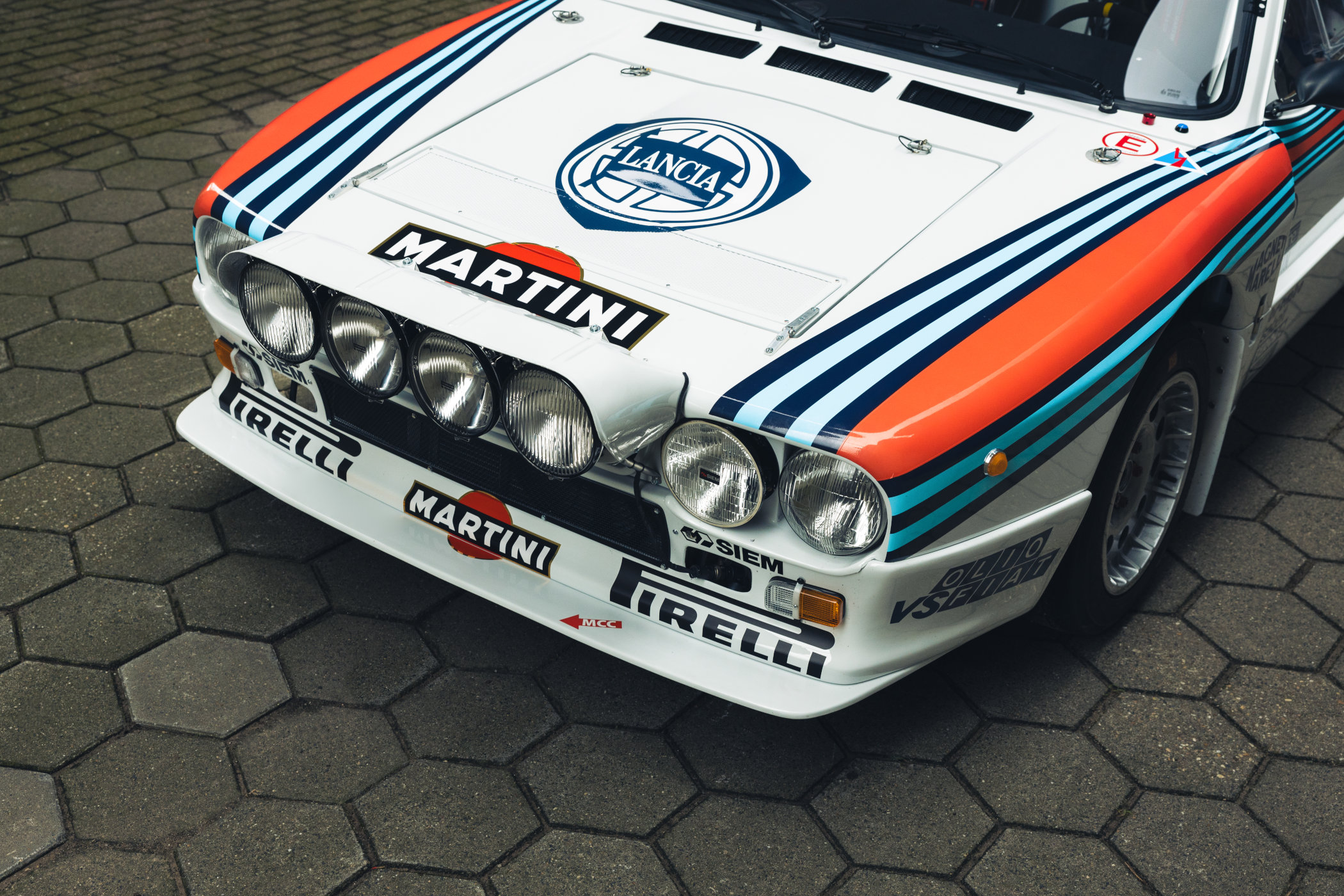
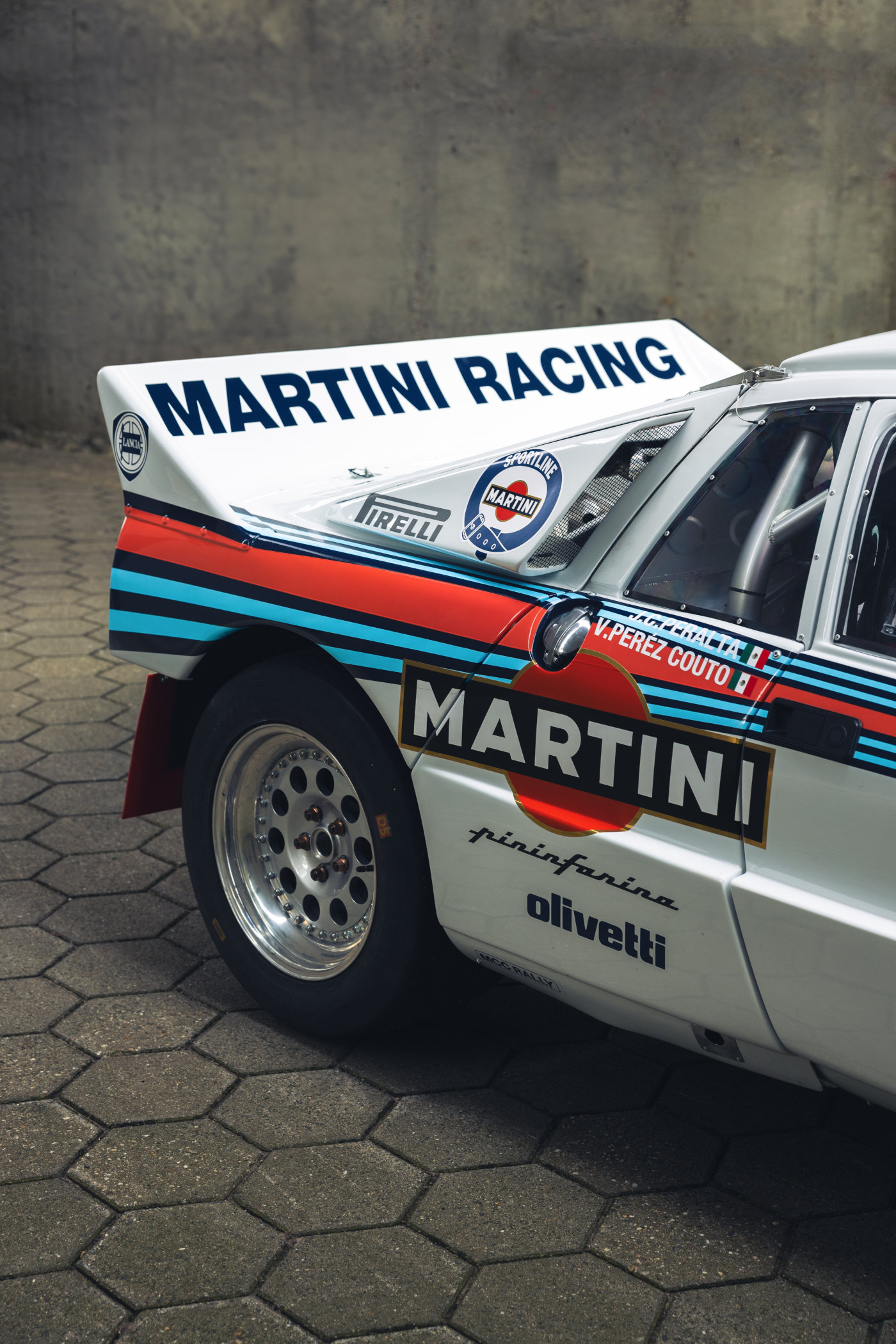



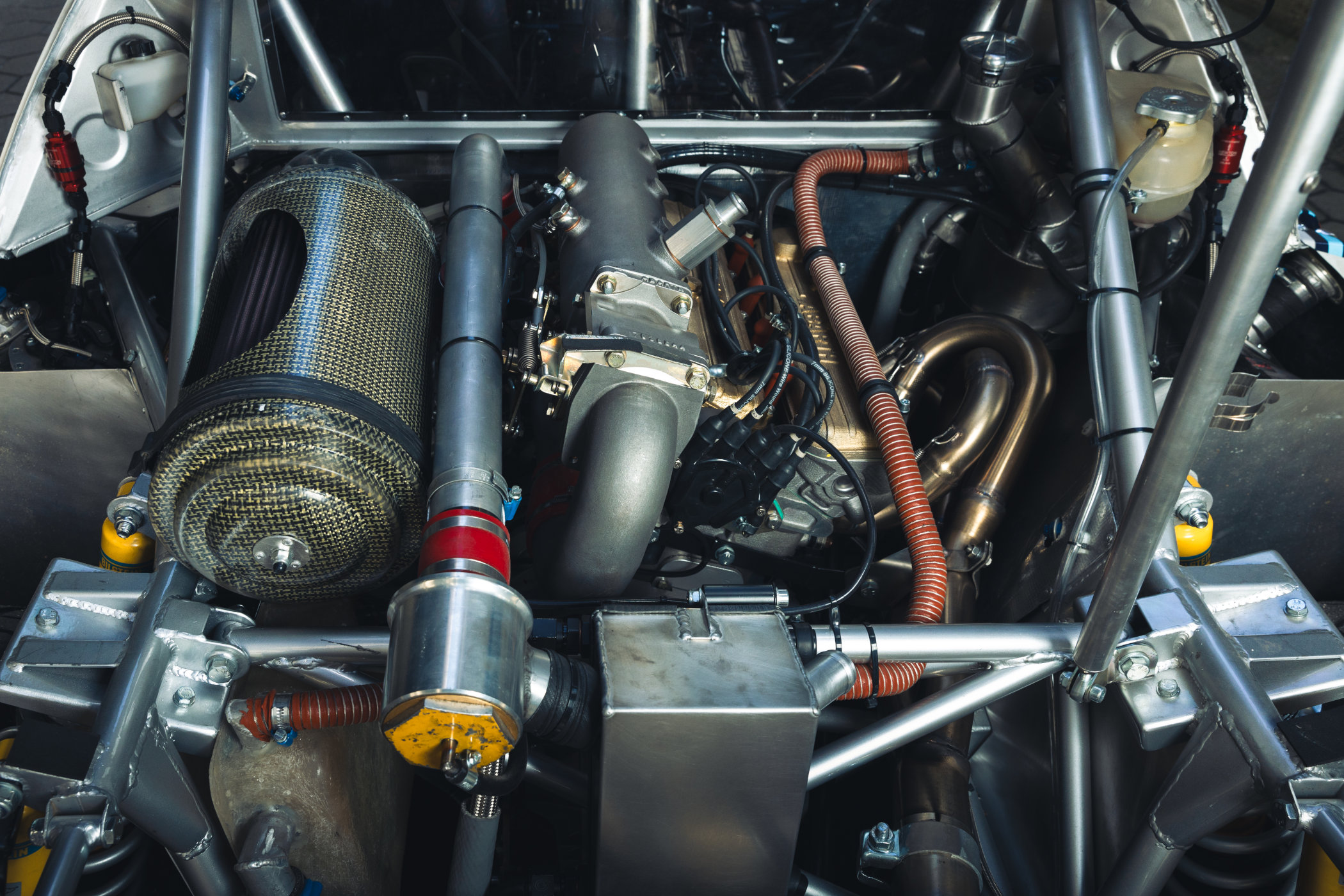
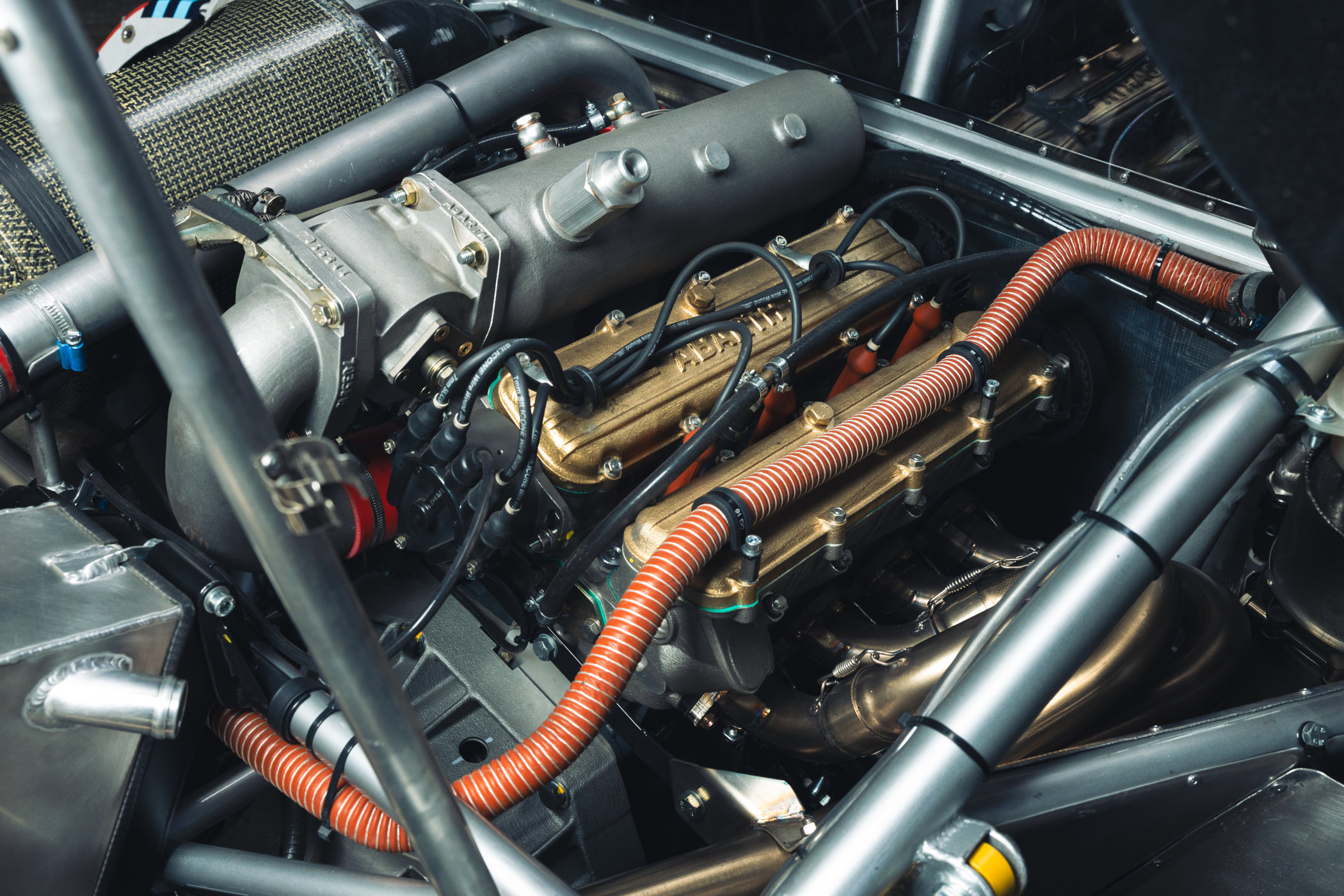
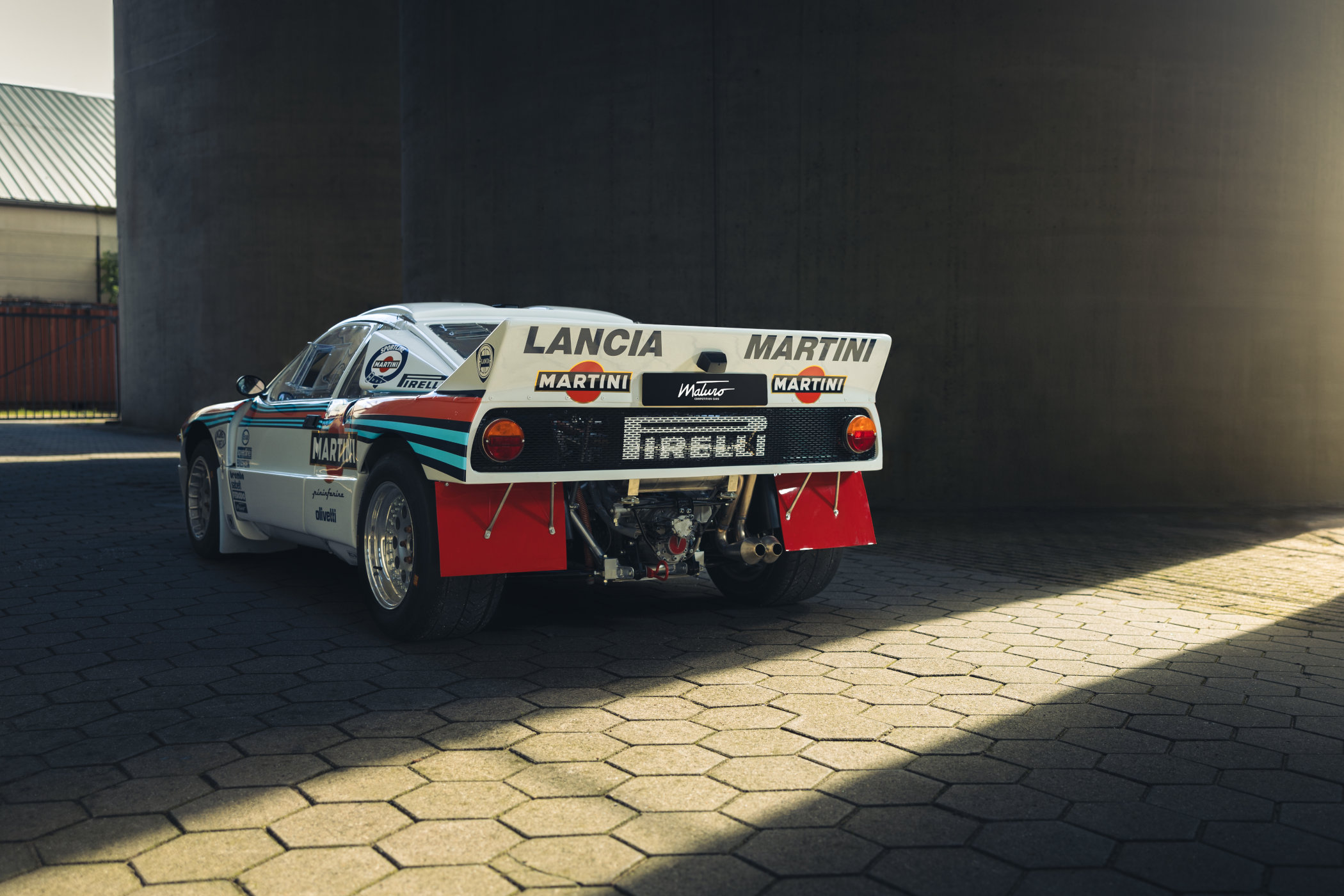
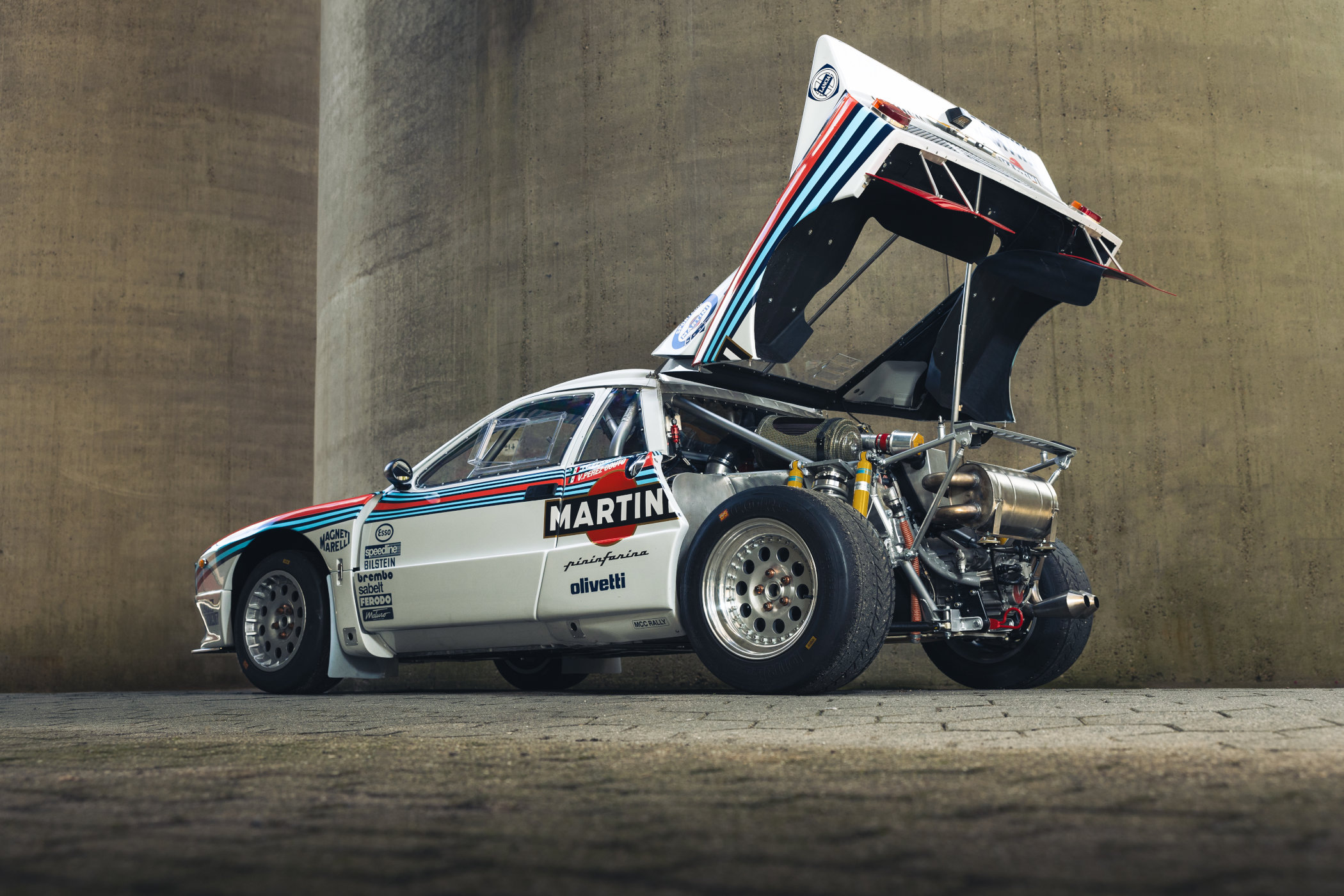
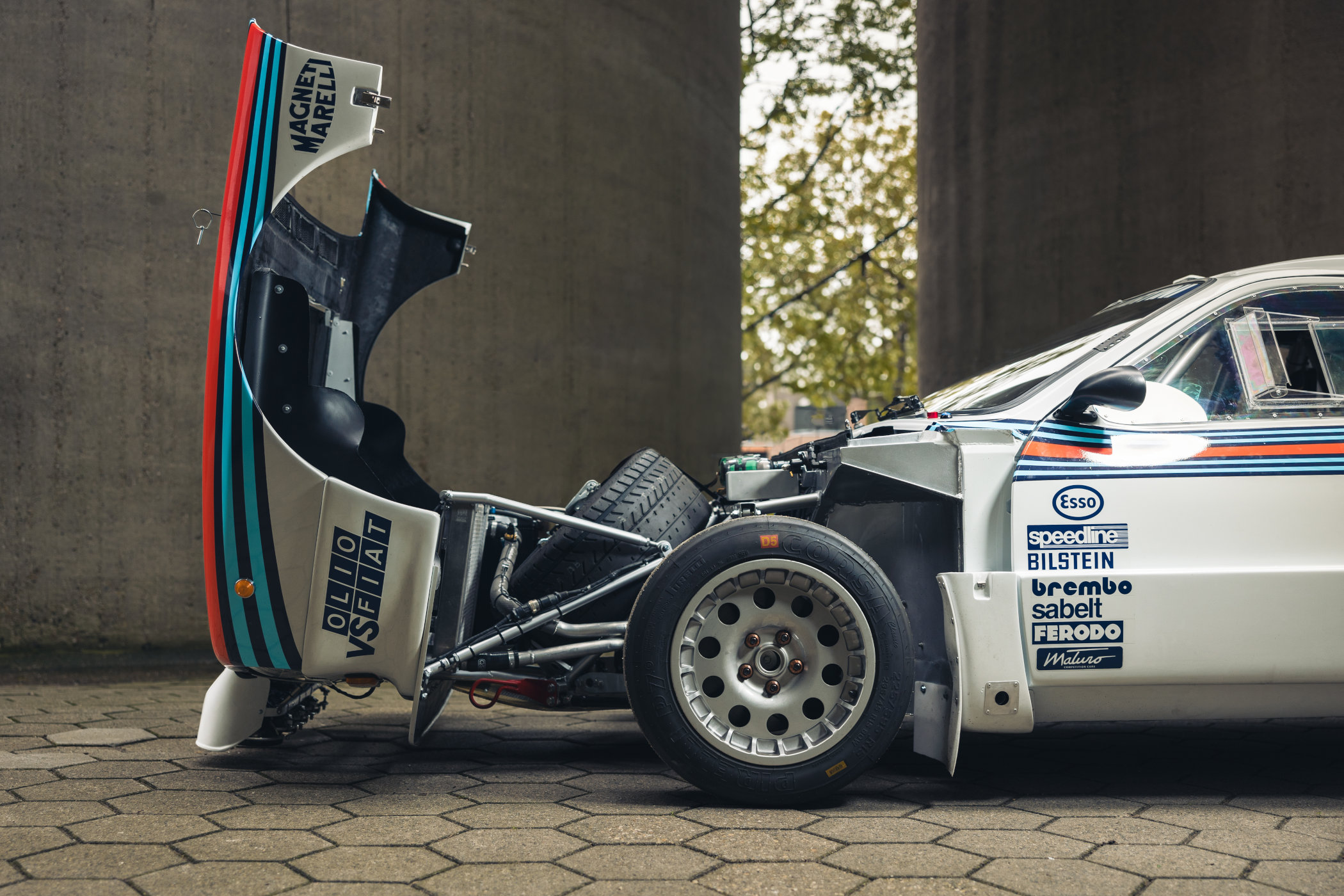





2 responses
By definition the word replica means that every inch of the reproduction models MUST be inch perfect.
The prototype in its early development life used a V4 Lancia Fulvia engine but ended up using the V6 Ferrari Dino in production.